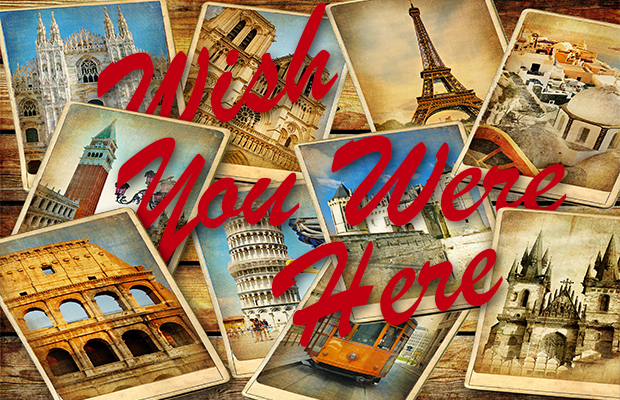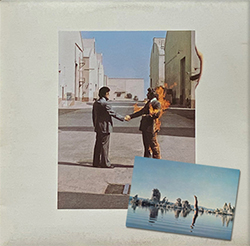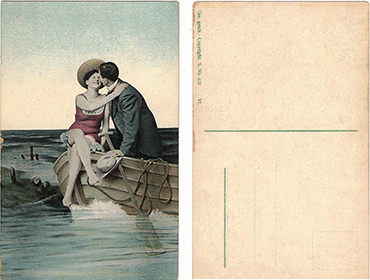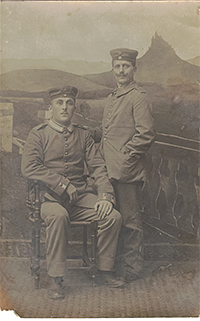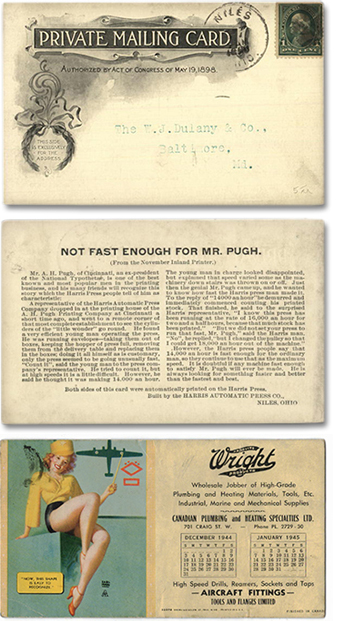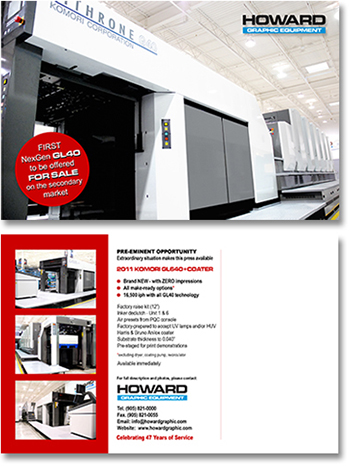
|
|
| Home › Articles › Here |
|

|
||||||||||
| By: Nick Howard | Date: May 2021 | Contact the Author | |||||||||||
The postcard’s journey dates back to 1840’s England when an Englishman mailed himself a simple, hand-drawn card as a joke, apparently. In 1861, John Charlton of Philadelphia patented a “private postal card,” and a trickle of cards started to appear in household mailboxes. Soon after, in 1865, Heinrich von Stephan, a Prussian established the “open post-sheet” in Germany. Postal rates (for envelopes) were expensive and Stephan surmised that a thin piece of card would reduce the costs and encourage Germans to stay in touch with family and friends. Although Stephan was a director of the Royal Prussian Post, the government was cold to the idea. However, the populace loved it and pushed through legislation allowing single cards at a reduced rate.
“Shine on You Crazy Diamond” – Printers, that’s you In 1870, the first mass-produced cards were being printed, many with lithographed images designed to catch the eye. The Austrians beat the Germans by a few weeks, but Stephan and the Germans are credited with the win. Also, in December 1870, the postcard was introduced in London, England, in time for the Christmas season. There were said to be riots on the streets, as Britishers descended on post offices to purchase the new cards. Nearly a million postcards were sold in England during the first week of launch itself. Then British Prime Minister William Gladstone was so taken by the postcard rage that he announced he would quit and begin writing an epic book about the postcard. Common sense must have gotten the better of Gladstone, and he never gave up his job. Besides fervently supporting the postcard, Gladstone is also remembered for this memorable quote, which is valid today too: “We look forward to the time when the power of love will replace the love of power. Then will our world know the blessings of peace.” The New York Times reported that in May 1873, the first American illustrated postcard was sent by S.S. Bumstead of Springfield, Mass., to fellow town resident M.M. Burt.
It wasn’t until the First World War that nations started to invest in printing. The majority of cards then were issued by various governments and included a stamp. In the United States, Congress reduced private cards from two to one cent in 1898, which unleashed the modern age of postcards. With low mailing costs and increased travels, millions of cards were mailed, and an equal number were probably purchased for family albums. The zenith of first-class postcards in the United States was 1990 when 3,307,076,000 were mailed. That’s a lot of print! In the same year, bulk advertising cards, known as pre-sorted postcards, amounted to an additional 1.5 billion. As is the case in the printing world, the use of traditional postcards has declined over the years. In 2020, only 4.8 million were mailed.
Recently, we discovered a French postcard mailed by my grandfather when he was stationed in France during World War One. The image is of a square in the town of Douai (France) with the Estaminet De La Petite restaurant in the background. Amazingly, that restaurant is still there and the square looks exactly as it did over 100 years ago. This card is not a piece of ephemera, but a lasting link to our family’s past. Welcome to the machine So, is this article just about the history of the postcard? No. It’s much more than that. If anything, the postcard highlights the unique place print has in our everyday lives. While many printers surviving in the world of commercial work cast envious glances at those that are or have moved into packaging, the power of print, whether a direct-mail flyer or postcard, cannot be surmounted by the Internet and social media. If you need a plumber, a postcard probably won’t help if it arrives at the wrong time; you’ll have to Google a name for sure. However, when it comes to things you never thought about until a card arrives in the mail; well, that’s when the magic happens. Mailchimp, the e-mail marketing service company, has introduced actual printed postcards for their clients. They refer to printed cards as “e-mail for mailboxes.” The templates allow their clients to use the postal service and take advantage of the power of direct mails. There are plenty of examples where a simple postcard can reach a higher percentage of buyers than the endless ads in social media. Yes, it’s more expensive to produce and mail a postcard, but you must be unique to stand out today’s market. Printed cards have started in to grow again and perhaps it’s because we, as an industry, tired of the doom and gloom, are now starting to realize print has something to offer that no other medium can touch: the ability to draw attention to some service or product we didn’t know we wanted by delivering the message through an exclusive portal: the mailbox. Still, I’m disappointed in our printing equipment manufacturers for not taking advantage of the postcard more often. On a late Friday afternoon when the boss is usually found sequestered in the office reviewing the week’s activities, he or she spots a mailed card promoting a shiny new press or special offer. Recalling how one of their machines requires major repairs this decision-maker visits a website, and maybe, just maybe, leaves a message for someone to contact them. After a busy week, there was no thought of replacing their machine, but a chance encounter spurred an inquiry that just may turn into a sale. This is just another example of the power of printed postcards. |
|||||||||||
| Contact the Author | |||||||||||
|
|||||||||||||||
